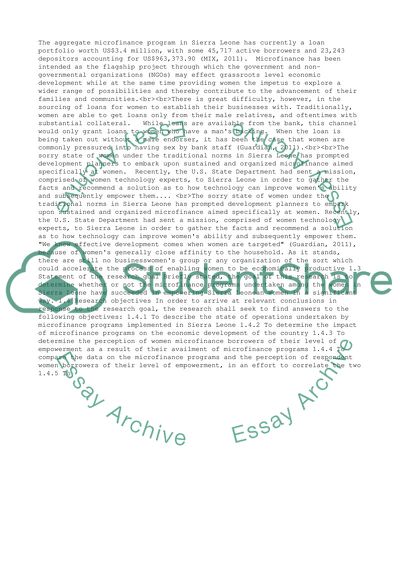Cite this document
(“A Socioeconomic Analysis in Sierra Leone Research Proposal”, n.d.)
Retrieved de https://studentshare.org/business/1391185-micro-finance-and-women-empowerment-a
Retrieved de https://studentshare.org/business/1391185-micro-finance-and-women-empowerment-a
(A Socioeconomic Analysis in Sierra Leone Research Proposal)
https://studentshare.org/business/1391185-micro-finance-and-women-empowerment-a.
https://studentshare.org/business/1391185-micro-finance-and-women-empowerment-a.
“A Socioeconomic Analysis in Sierra Leone Research Proposal”, n.d. https://studentshare.org/business/1391185-micro-finance-and-women-empowerment-a.


